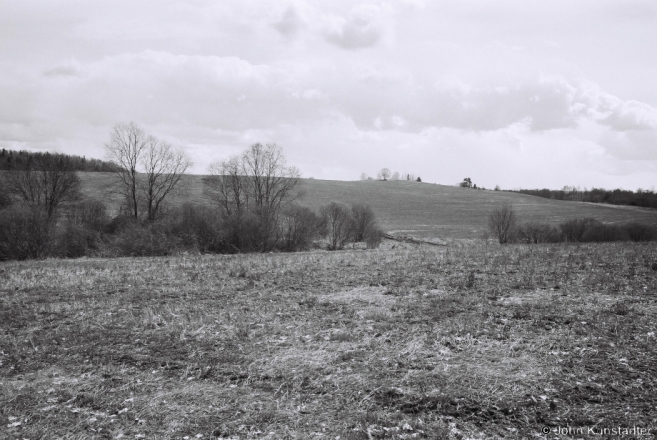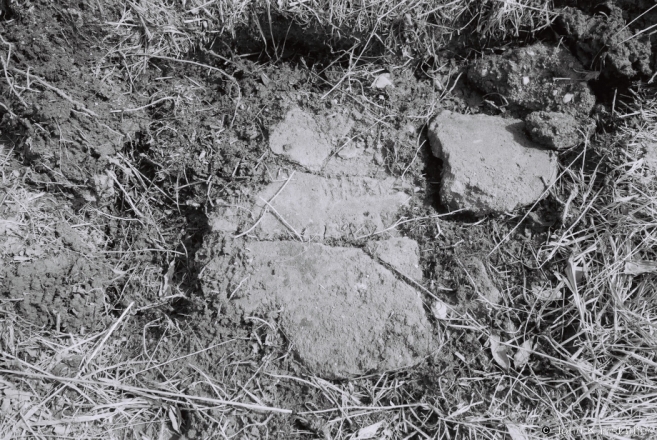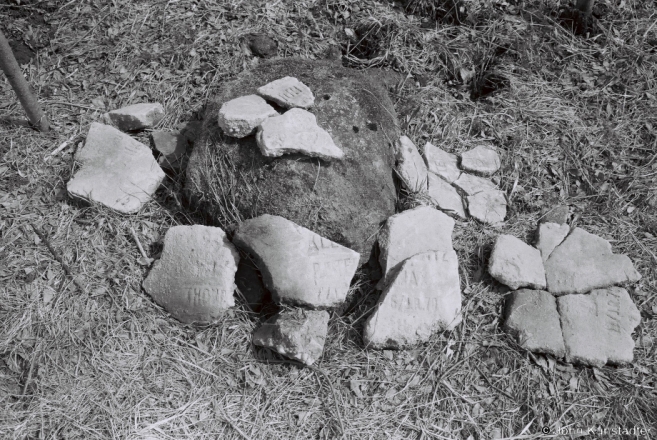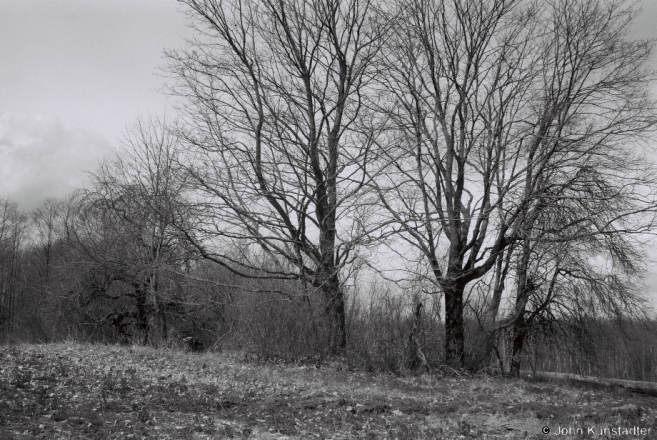April 2017 photo expedition to Vjaljejka, Mjadzjel and Pastavy Districts with Anton Astapovich, chairman of the Belarusian Association for the Preservation of Historic and Cultural Monuments (БДТАПГК) and regional historian and conservationist Andrej Matsur. Part II/IV: along the trace of the Eastern Front — German World War I fortifications and cemeteries in Mjadzjel’ and Pastavy Districts (Kabajli, Khodasy, Pjatroushchyna, Drabushy, Vjalikaja Ol’sa).
Фотавандроўка ў красавіку 2017 г. з Антонам Астаповічам, старшынёй Беларускага дабраахвотнага таварыства аховы помнікаў гісторыі й культуры (БДТАПГК) і пастаўскім краязнаўцам Андрэем Мацурам па спадчыне Вялейскага, Мядзедьскага й Пастаўскага раёнаў. Частка II/IV: па лініі Ўсходняга фронту — доты й могілкі нямецкай імперскай арміі ў Мядзельскам і Пастаўскім раёнах (Кабайлі, Ходасы, Пятроўшчына, Драбушы, Вялікая Ольса).
World War I cemeteries (part IX): German cemetery near Khodasy.
Могілкі Першай сусьветнай вайны (частка IX): нямецкія могілкі ля в. Ходасы.
After World War I the German War Graves Commission (Volksbund Deutsche Kriegsgräberfürsorge — “Volksbund”) paid the government of the Second Polish Republic to look after German war cemeteries on Polish territory, which between 1921 and September 1939 included the western Belarusian lands. The Poles undertook careful exhumations and where necessary reburied soldiers’ remains under new tombstones in more than 150 cemeteries in the Belarusian lands. In some cases the remains were those of soldiers from the Russian imperial army; the Poles treated those remains with equal respect. During the interwar period, the Soviet regime showed no interest in honoring Russian imperial army graves. After occupying the western Belarusian lands when it invaded Poland together with Nazi Germany, the Soviet regime neglected all World War I cemeteries. Since the collapse of the Soviet empire, the Volksbund has again been active in helping put some larger German World War I cemeteries in Belarus in order; however, the Volksbund does not provide funding for the upkeep of smaller cemeteries such as here. It is thus up to local volunteers or organized preservation groups to keep the cemeteries in order.
The small cemetery near Khodasy lies in boggy ground. Over the decades the gravestones sank into the turf and were obscured by a thicket of bushes and small trees and the cemetery was forgotten. Thanks to the efforts of local historian Andrej Matsur and his colleagues from Pastavy, the site was rediscovered and cleaned up. Unfortunately the decades-long effects of water and degradation under the turf have broken the tombstones or rendered them mostly unreadable.
On the hillside above the cemetery one finds the traces of a farmstead which flourished here during the Polish interwar period. The farmer used pieces of nearby German fortifications for his root cellar.




